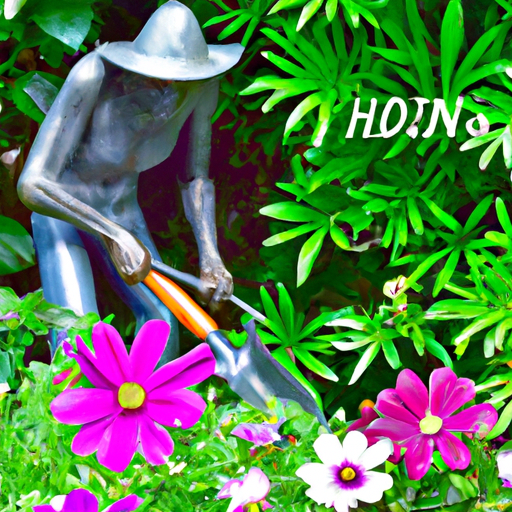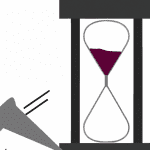Why Does My Lower Back Hurt After Gardening? Find Out the Surprising Reason!
Gardening is a wonderful hobby that allows us to connect with nature and create beautiful outdoor spaces. However, it can also take a toll on our bodies, especially our lower back. If you’ve ever experienced lower back pain after a day of gardening, you’re not alone. In this article, we’ll explore the surprising reasons why your lower back might be hurting and provide some tips to prevent and alleviate the discomfort.
The Strain of Bending and Lifting
One of the main reasons why your lower back might hurt after gardening is the strain caused by repetitive bending and lifting. When you’re gardening, you often need to bend down to plant, weed, or pick up heavy objects like pots or bags of soil. These repetitive movements can put a lot of stress on your lower back muscles and lead to pain and discomfort.
To prevent this, it’s important to practice proper body mechanics while gardening. Bend at your knees and hips instead of your waist when picking up objects, and use tools with long handles to avoid excessive bending. Additionally, taking regular breaks and stretching your back and legs can help alleviate the strain on your lower back.
Poor Posture and Body Alignment
Another surprising reason for lower back pain after gardening is poor posture and body alignment. When you’re engrossed in your gardening tasks, it’s easy to forget about your posture and end up slouching or hunching over. This can put additional pressure on your lower back and lead to discomfort.
To maintain good posture while gardening, try to keep your back straight and your shoulders relaxed. Engage your core muscles to support your spine and avoid excessive twisting or bending. Using knee pads or a gardening stool can also help reduce the strain on your lower back by allowing you to work at a more comfortable height.
Overuse and Muscle Fatigue
Gardening can be a physically demanding activity, especially if you spend long hours tending to your plants. Overuse and muscle fatigue can contribute to lower back pain after gardening. When you continuously use the same muscles without giving them enough time to rest and recover, they can become fatigued and more prone to injury.
To prevent overuse and muscle fatigue, it’s essential to listen to your body and take regular breaks during gardening sessions. Alternate between different tasks to distribute the workload and give specific muscle groups a chance to rest. Stretching before and after gardening can also help warm up your muscles and prevent stiffness.
Insufficient Warm-up and Stretching
Just like any physical activity, gardening requires a proper warm-up and stretching routine. Neglecting to warm up your muscles before diving into gardening tasks can increase the risk of lower back pain. Cold, tight muscles are more susceptible to strains and sprains.
Before starting your gardening session, take a few minutes to warm up your body. You can do some light aerobic exercises, such as brisk walking or marching in place, to increase blood flow and warm up your muscles. Additionally, perform gentle stretches that target your lower back, hamstrings, and hip flexors to improve flexibility and reduce the risk of injury.
Conclusion
Lower back pain after gardening is a common complaint, but it doesn’t have to be a regular occurrence. By understanding the surprising reasons behind this discomfort and implementing preventive measures, you can enjoy your gardening activities without the nagging pain in your lower back. Remember to practice proper body mechanics, maintain good posture, take breaks, and warm up and stretch before gardening. Your lower back will thank you, and you’ll be able to fully enjoy the beauty and tranquility of your garden.




